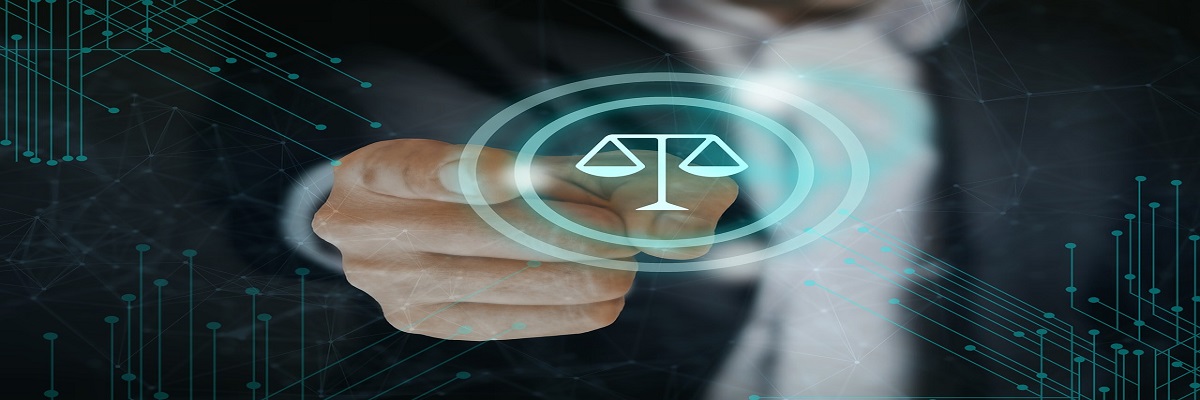Call: 888-297-6203
The first step to filing a chapter 7 bankruptcy is to sit back and analyze whether bankruptcy is required. In many situations, after serious analysis, it might be a good idea to file bankruptcy while in some other situations, bankruptcy can be avoided. If there are ways to avoid bankruptcy, that should be attempted as bankruptcy is a last resort and an emergency hand brake, which should be used only in utmost dire situations. Log on to https://recoverylawgroup.com/bankruptcy/ to understand if you can evade bankruptcy or not.
What kind of borrowers should consider chapter 7 bankruptcy?
- Borrowers who have more unsecured debt and who cannot seem to repay the debt over the next many years. These unsecured debts can be in the form of medical bills, credit cards, personal unsecured loans, etc.
- If the borrower has very few assets and those assets can be prevented from liquidation using exemptions, such a borrower can consider chapter 7 bankruptcy. If a borrower wants to safeguard all his/her exempt and non-exempt assets, then chapter 13 bankruptcy for individuals and chapter 11 bankruptcy for businesses can be viable alternatives.
- If a lawsuit has been filed against the borrower or if lenders are making desperate attempts to foreclose on an asset, bankruptcy filing becomes a no-brainer. Unless and until a lawsuit is for fraud or perjury, the lawsuit can be stayed and prevents any attempt to lien on the assets by the lenders. It also prevents any attempts to reduce wages, access to savings, bank account funds, etc.
- If a debtor has fewer non-dischargeable debts, such a debtor can also consider chapter 7 bankruptcy. The non-dischargeable debts include taxes, alimony, child support, student loans, etc. There are limited chances when some of the tax debts can be discharged but it is possible.
When can tax debts be discharged?
Personal income taxes that are older than 3 years including penalties and interest can be waived off. If IRS managed to have a lien on an asset like a home or any other before filing bankruptcy for the tax liability, the lien shall prevail. The dues might be recouped by the IRS when the asset is sold may be many-many years after as well. Any due sales tax for a business or any employee taxes that were not remitted to the IRS cannot be discharged or evaded. These must be paid in full. In and around Los Angeles & Dallas, TX you should dial 888-297-6203 to get the best advice for your situation regarding bankruptcy. Dial now!
Timeframe of a chapter 7 bankruptcy case
The usual time frame for a chapter 7 bankruptcy could be 3-6 months. Once, the bankruptcy is filed, it might take up to 30 days to set up a meeting of lenders by the bankruptcy trustee. After which, there can be a series of discussions, negotiations, agreements, and disagreements. Liquidation of assets, discharge of debts by the bankruptcy court, and settling the dues partially or fully of some of the lenders from the liquidated assets, etc., might take about 60 days more. Ideally, 90 days is a good timeframe to complete a chapter 7 bankruptcy from the day it is filed.

